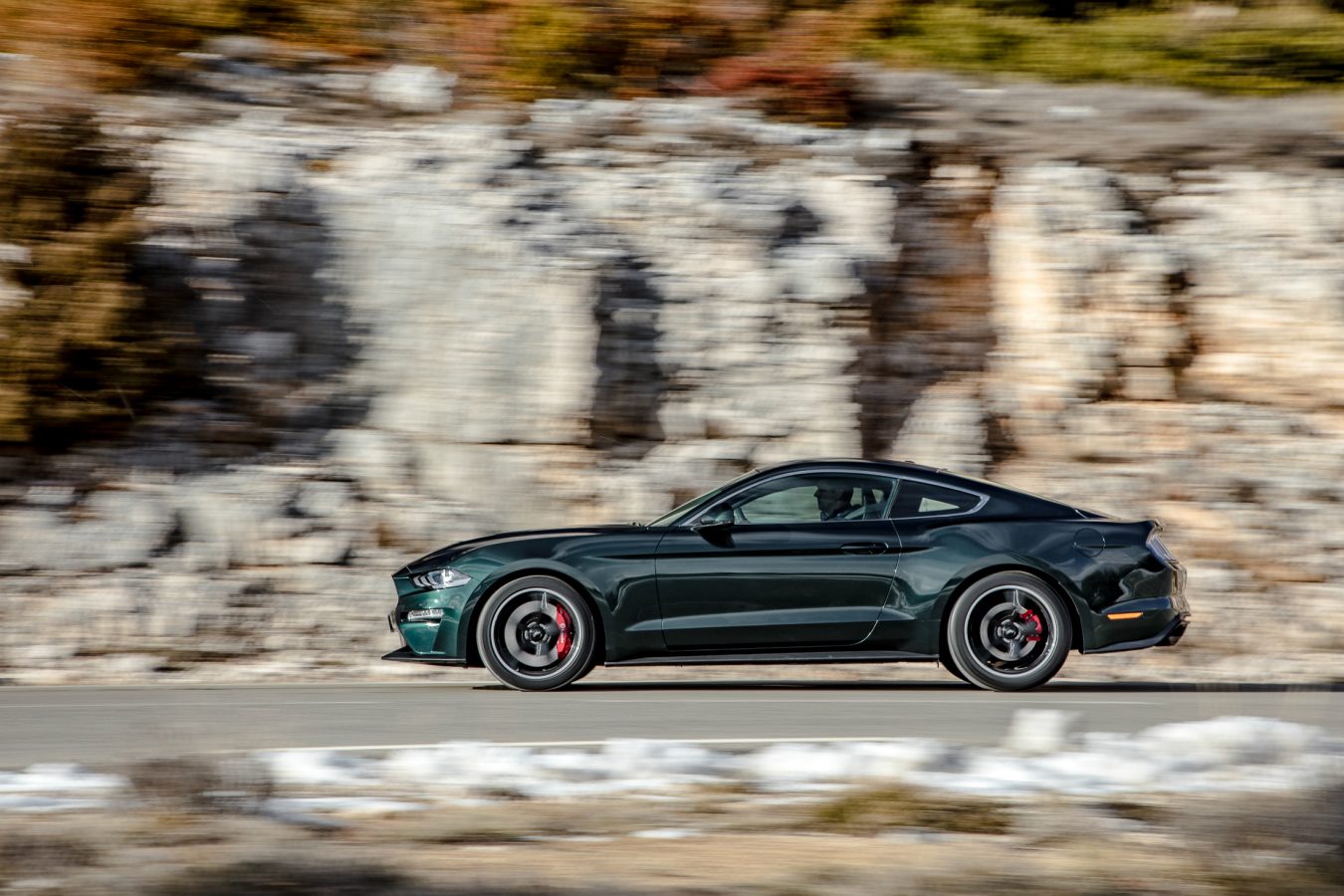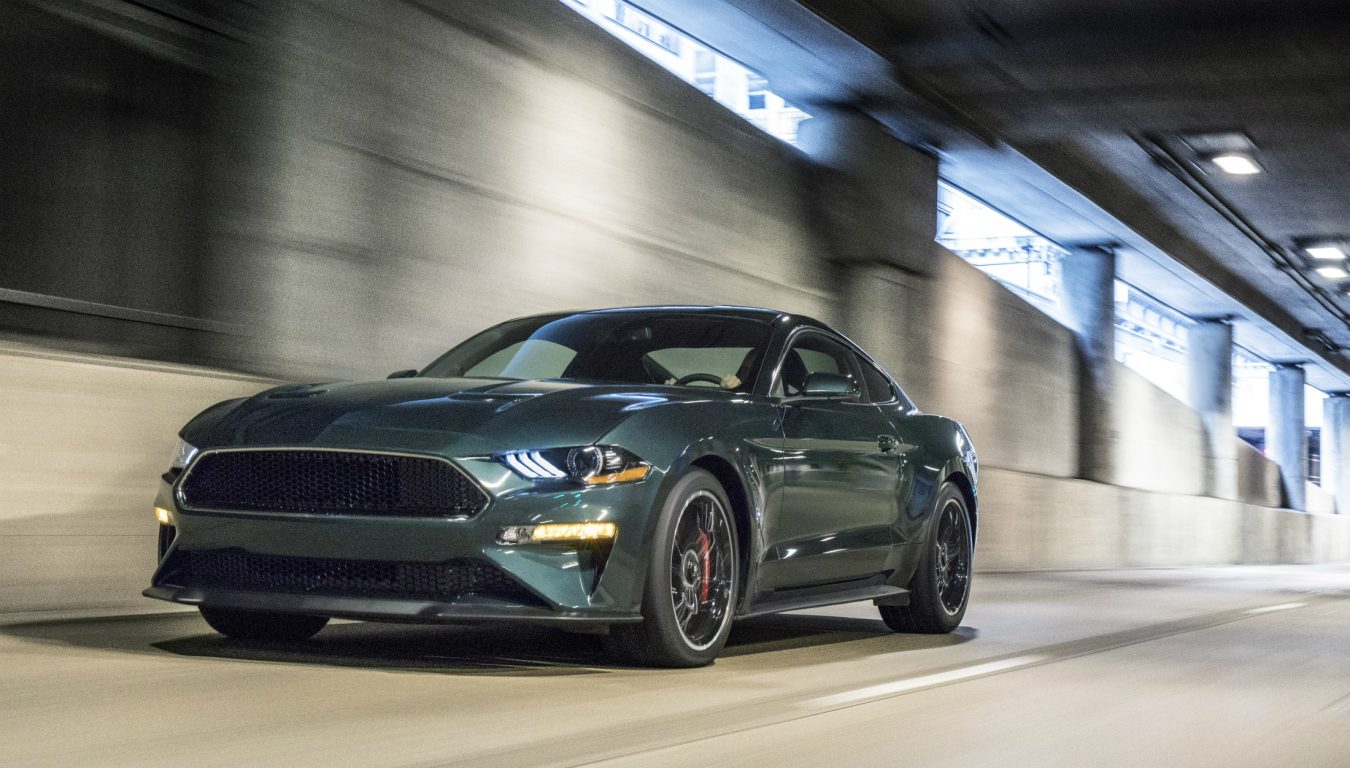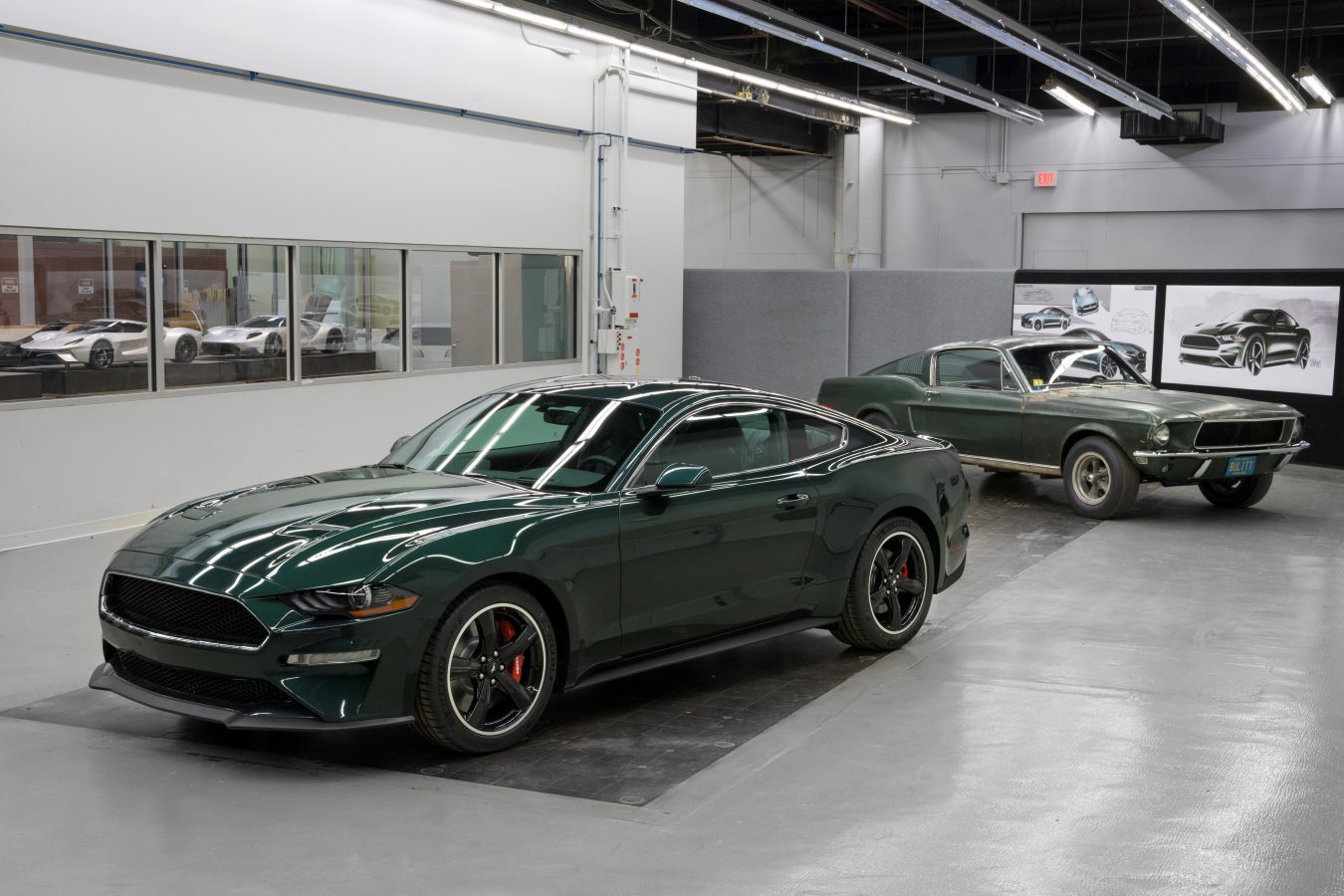Is there any image that epitomizes silver-screen cool as readily as Steve McQueen’s steely blue eyes glaring through the windshield of the iconic highland green 1968 Ford Mustang GT 390, while he’s being run down by hitmen through the streets of San Francisco as Lieutenant Frank Bullitt?
As much as the Peter Yates-directed Bullitt is celebrated today for having one of the most thrilling car chase scenes of all time, that fastback Mustang—with its 6.4-litre V8 spewing 325 horsepower guided through its four-speed transmission by a characteristic cue ball shifter—represents muscle cars at their most formative, when America was itching to put its hair down and let loose in an era of excess and free love.
Fifty years on, Ford’s homage to this key moment in its history is embodied in a special edition of its modern-day muscle car, the 2019 Ford Mustang Bullitt.
Does it even approach being a fitting tribute to something so inimitable? Oh, heck, yes.
Granted, McQueen himself could never have predicted some of the technologies that are front and centre in the car that bears his character’s name five decades later. A computer that can detect a downshift and calculate the rev-match for you? An onboard line lock feature that makes standing on a massive burnout completely effortless? A set of dampers that uses magnets to adjust the ride character to different situations, from rough suburban highways to glass-smooth racetracks? A radio controlled by touching a screen that can connect to tiny all-knowing devices we carry around in our pockets through something called an app?
How far automotive technology has come in such a short amount of time.
And yet, the guts of what make up a Mustang don’t change all that much. Today’s Bullitt comes with a six-speed manual transmission instead of four-speed, but it is controlled through a similarly styled cue ball shifter. Its 5.0-litre V8 is the same one that goes into the standard Mustang GT, but it’s tuned here to produce 20 more horsepower for a total of 480 to go with its 420 pound-feet of torque.
Of course, present day’s Mustang engines are fuel-injected and are therefore much more efficient than the version with the four-barrel carburetor that McQueen drove, never mind that they no longer spew fumes of leaded gasoline. And this one comes with a quiet mode for the exhaust, too, so that you can leave your house without angering your neighbours and then, once you’re clear, let the roaring and crackling rip.
The most distinctive nods to the film version are the green paint—which with modern-day rust prevention techniques will never approach the unique patina of the original, though a desire for longevity in ownership suggests that’s likely a good thing—and the missing Mustang badge that leaves behind an unmistakable gaping black hole of a grille.
McQueen would have been pleased. After all, knowing what you’ve got but not feeling the need to flaunt it is about as cool as it gets.
Read more in Transportation.













